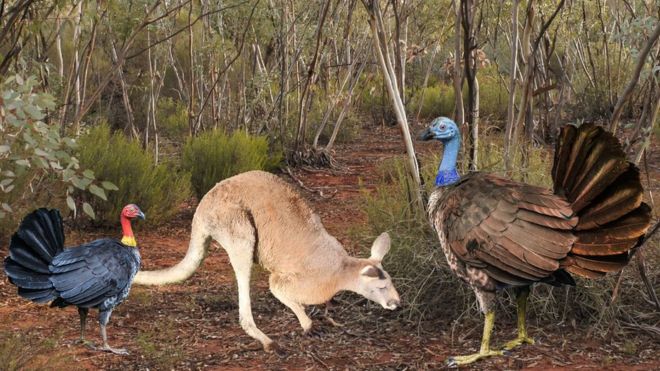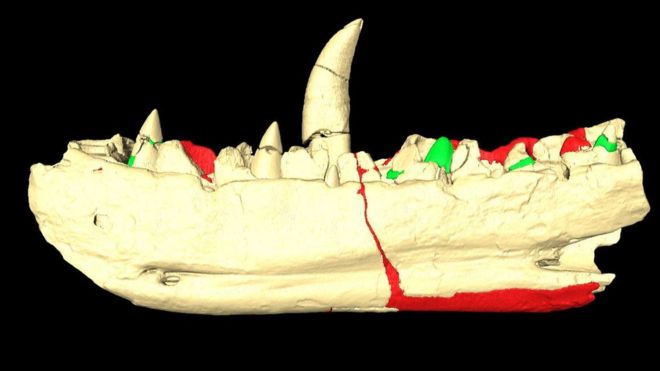During her study on fossil insects of the order Hymenoptera at China's Capitol Normal University, student Longfeng Li visited the Smithsonian National Museum of Natural History, Washington, carrying two unidentified wasp specimens that were exceptionally well-preserved in Burmese amber. This type of fossilized tree resin is known for the quality of the fossil specimens which can be preserved inside it. Being 100 million years old, they provide an incredible view into the past.
The subsequent analysis of the specimens revealed that both represent species new to science. Furthermore, one of the wasps showed such amazing similarities to a modern group of wasps that it was placed in a currently existing genus, Archaeoteleia which has long been considered as an ancient lineage. The species are described in a study publish-read more



